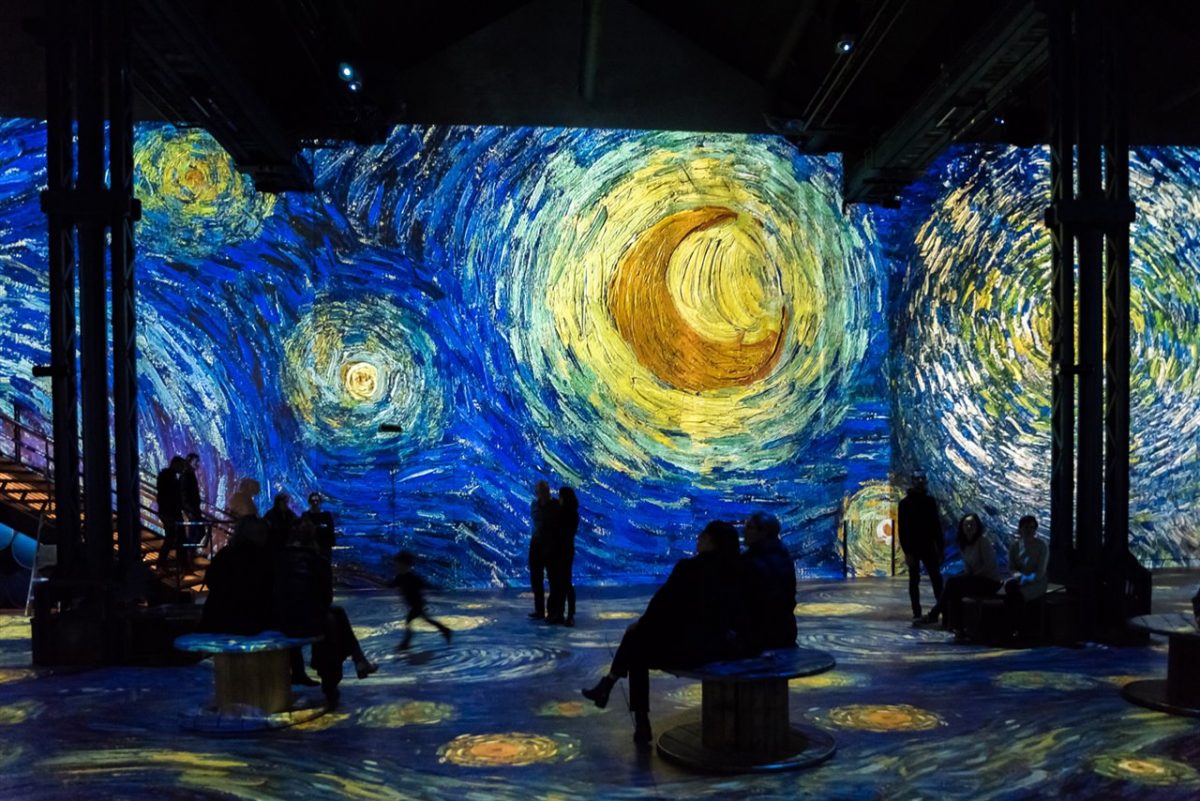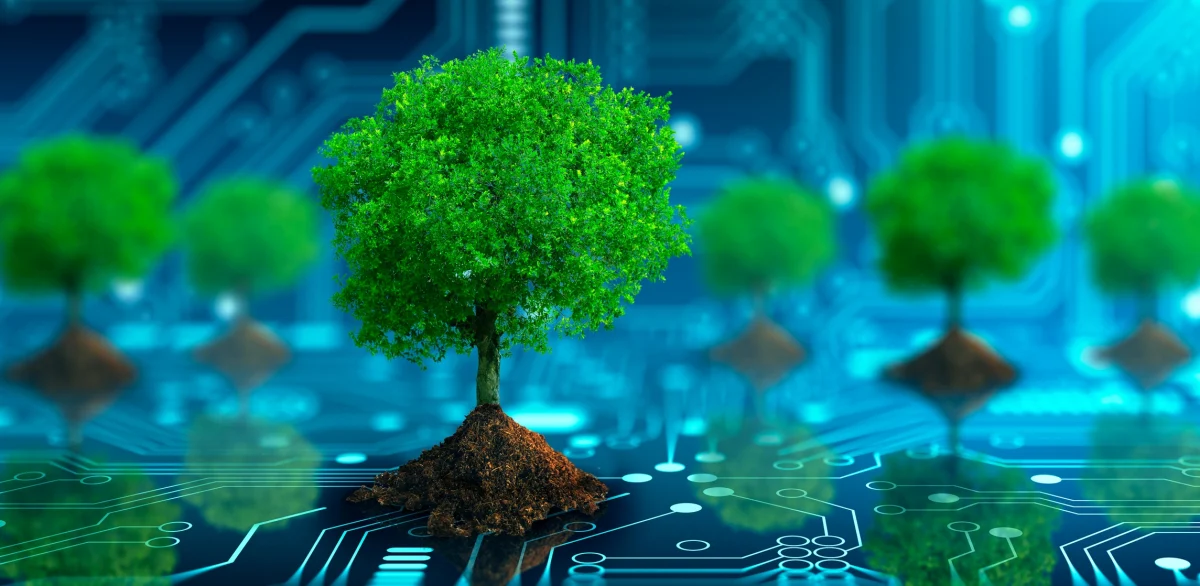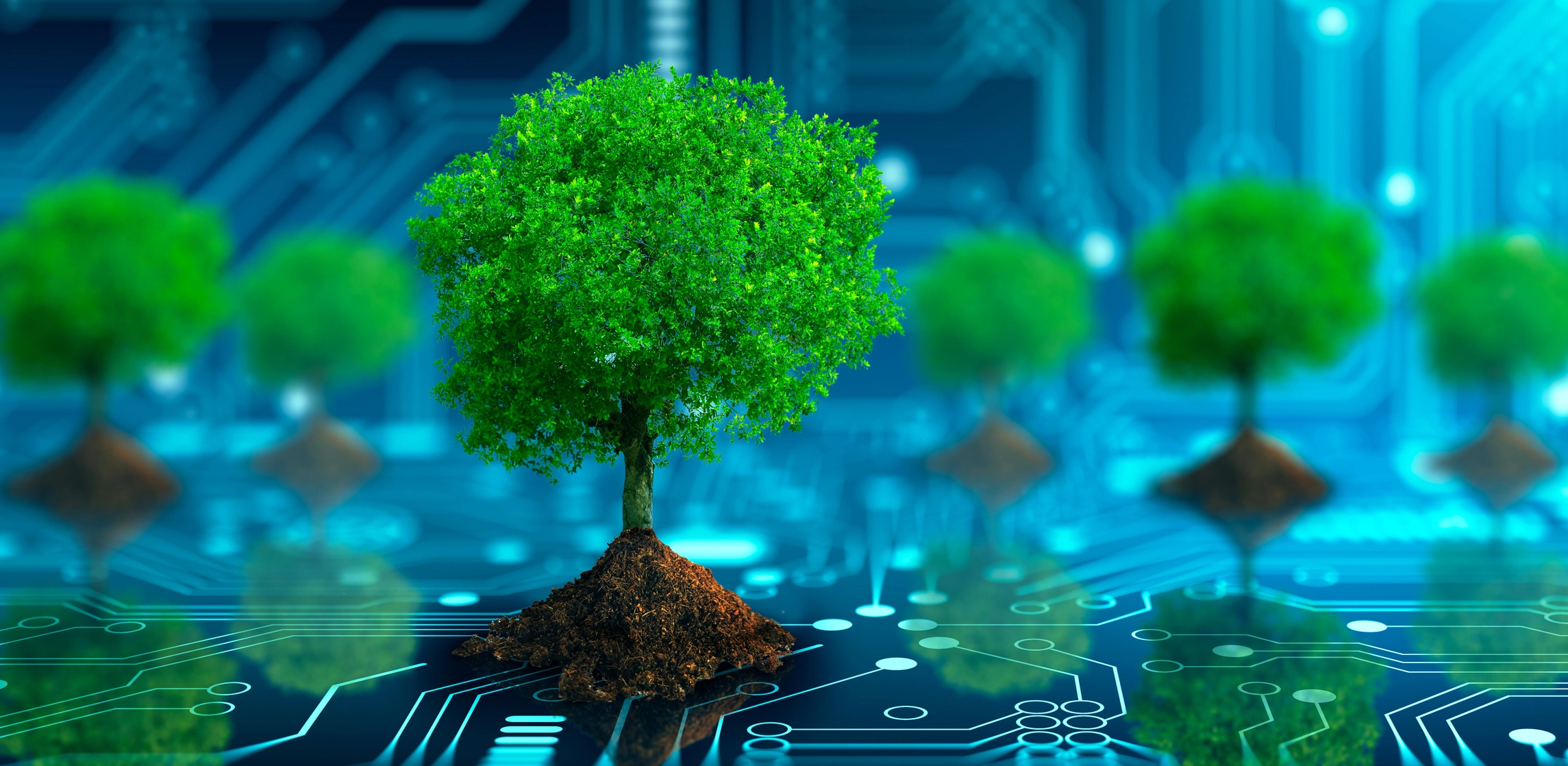Since OpenAI’s LLM-based chatbot ChatGPT launched at the end of 2022, public interest in generative AI tools has grown exponentially. This hype has also extended to text-to-image generators which allow users to turn any textual prompt into an image – without any limits to creativity. DALL E-2, which was developed by the founders of ChatGPT, might be the most famous of these applications. To get a better understanding of the capabilities of such text-to-image generators, I’ve been experimenting with Craiyon, a free ad-supported tool that is often described as a scaled-down version of OpenAI’s DALL E-2. As a user, you can choose from different image styles, ranging from art to drawings to photographs. From my personal experience, Craiyon is quite good at creating non-realistic images such as cartoon-style drawings or paintings, but has difficulties creating realistic images (e.g., portraits of humans). Here, Craiyon seems to lack capabilities compared to other more advanced AI tools like DALL-E 2 or Midjourney. Despite that, it is amazing how easily Craiyon can create pictured based on what you describe in words
The potential of these image-to-text generations is almost unlimited as they could change the way visual content is created in the future. Tools like DALL E-2 could create realistic, immersive visual effects for films, shows, games or other entertainment forms (Bassey, 2023). Further, they could be used for voice dubbing or for altering the physical appearance of actors (e.g. aging or de-aging) (Bassey, 2023). However, as we explore the possibilities of AI for enhancing creativity, it is crucial to also consider potential risks of such tools.
First, with the widespread accessibility of such generative AI tools that allow to create realistic images or even audio files, it becomes easy for anyone to manipulate videos, audio or images and use them for spreading misinformation. Such “deepfakes” could, for example, be used for influencing public opinion or elections by spreading false information about political figures or events (Bassey, 2023). Although there are ongoing efforts to establish content authentication standards, it will take time until these standards are widely adopted (Lomas, 2023).
Second, it is difficult to determine the ownership of AI-generated content since they rely on extensive datasets. This gives rise to several questions such as: Who owns the generated content – the user who put in the prompt, the AI, or the developers who created the AI? Can AI-generated content be copyrighted? Should artists be able to opt-out of their art being used as data points for AI models? Is AI-generated content really art? Until now, there is no definite answer to these questions. A good example for this dilemma is “Edmond de Belamy,” an AI-generated portrait which was sold at a Christie’s auction for $432,000 in 2018 (Jones, 2022). This portrait was made using a Generative Adversarial Network (GAN) and resembles the artwork of other artists. This has led to discussions about whether it might violate the IP rights of artists who make similar portraits (Newman & Gibson, 2020).
In conclusion, AI text-to-image generators, such as Craiyon, offer exciting opportunities for creativity but also pose ethical dilemmas and potential risks. With the advancement of these technologies, we must establish ethical and legal frameworks and promote responsible use to ensure the integrity of AI-driven creativity.
References:
Bassey, S. (2023). The Rise of Deepfake Technology: Navigating the Realm of AI-Generated Images & Videos. hackernoon.com. https://hackernoon.com/navigating-deepfake-technology-and-the-realm-of-ai-generated-images-and-videos
Jones, J. (2022, October 19). A portrait created by AI just sold for $432,000. But is it really art? The Guardian. https://www.theguardian.com/artanddesign/shortcuts/2018/oct/26/call-that-art-can-a-computer-be-a-painter
Lomas, M. (2023, June 6). Europe wants platforms to label AI-generated content to fight disinformation. TechCrunch. https://techcrunch.com/2023/06/06/eu-disinformation-code-generative-ai-labels/
Newman, J., & Gibson, S. M. (2020). Blurring the lines: When AI creates art is it copyrightable? Lexology. https://www.lexology.com/library/detail.aspx?g=d9168101-70e2-47df-bbb1-985b98de7c21



